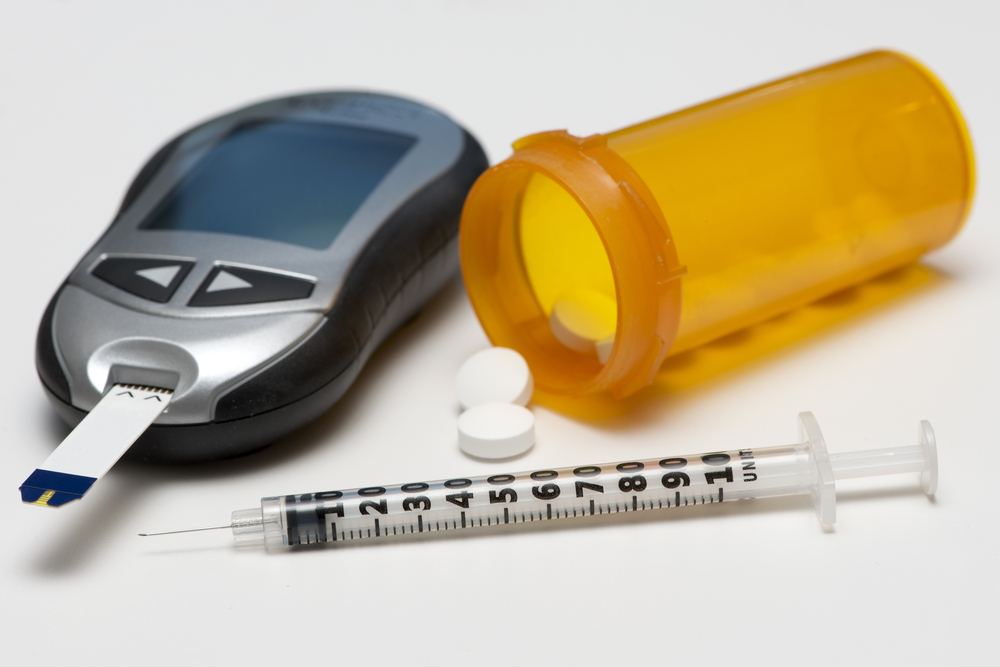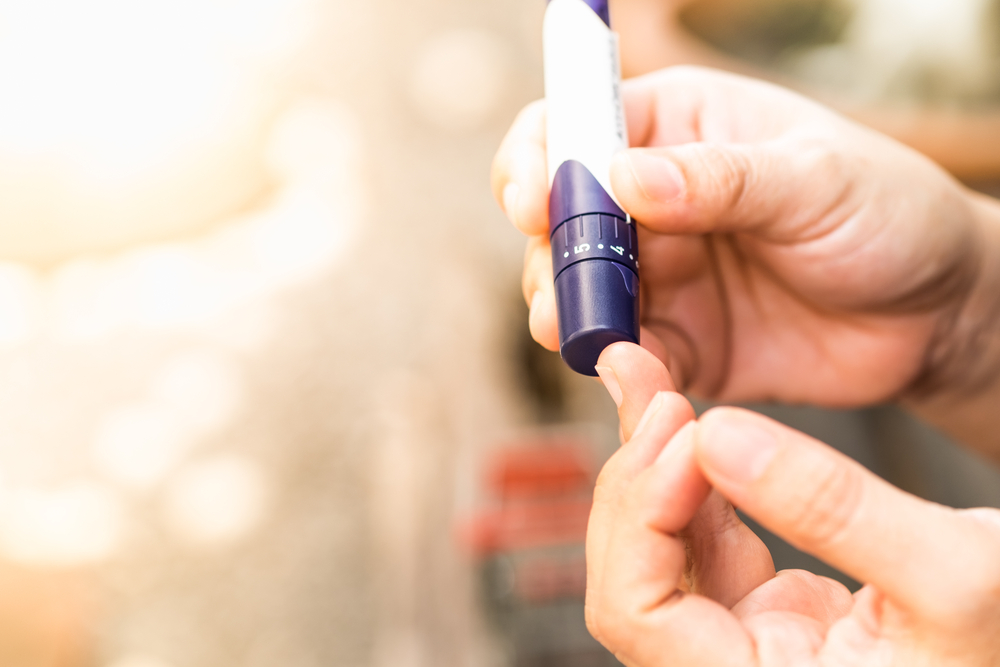Diabetes is a growing worldwide healthcare crisis. Its prevention is somewhat possible by eating healthier food, losing a few extra pounds, and becoming more physically active.
Lifestyle changes can have a remarkable impact on the risk of diabetes. These changes could be a big step towards prevention of diabetes mellitus. It is important to include diabetes prevention on your priority list if you are at increased risk of diabetes, such as if you are obese or have a family background of the disease.

Also Read: Ebola Virus Disease
To manage your blood glucose level, you need to balance your diet and do regular exercise. Both could be the only management needed in case of gestational diabetes and type 2 diabetes in its early phase. Patients who have type 2 diabetes need oral anti-diabetic agents and insulin, while patients with type 1 require insulin to survive. The treatment plan for diabetic patients may include:
- Diabetes education
- Meal planning and nutritional recommendations
- Exercise regimen
- Hypoglycemic agents
- Insulin
- Management of conditions and complications associated with diabetes
Nutritional Recommendations
The goals of medical nutrition treatment for diabetic patients are here below:
- To achieve and maintain optimal metabolic outcome, such as:
-Blood sugar levels in the normal range
-Blood pressure levels that decrease the chances of cardiovascular problems
-A lipid and lipoprotein profile that decreases the chances of macrovascular issues (disease of a large blood vessel, including the aorta, coronary arteries, and the sizable arteries in the brain and the limbs).
- To improve conditions through healthy food choices and physical activity.
- To know your body’s nutritional requirement, taking into considerations personal preferences and while respecting the person’s wishes and willingness to change.
- To treat and prevent the chronic problems of diabetes mellitus, i.e. adjust the nutrient intake and modify lifestyle that is appropriate to treat and prevent cardiovascular issues, nephropathy, obesity, hypertension, dyslipidemia.
Diet composition for Diabetic Patients:
- Carbohydrates- There is strong evidence that the total amount of carbohydrate in snacks or meals is more important than the source and type. Therefore, foods containing sucrose should not be restricted to diabetic patients. It is to notify that sucrose foods must be substituted for other carbohydrate foods and not simply added to a meal plan. Limited intakes of non-nutritive sweeteners are for diabetic patients.
It has been suggested that a large amount of fiber about 50gram daily may have beneficial effects on glycemia (presence of glucose in the blood), insulinemia (a condition where excess insulin is circulating in the blood, and lipemia (presence of emulsified fat in the blood).
Carbohydrate-containing foods- milk, yogurt, fruit juice, bread, cereal, beans, potatoes, corn, rice, etc.
- Proteins- During hyperglycemia, obese people with type 2 diabetes have an increased turnover of proteins as compared to non-diabetic obese people. This indicates that the protein requirement for patients with diabetes may be greater than the recommended daily amount, but not greater than the usual intake of 10 to 20% of the total daily energy requirement.
Foods containing protein- eggs, milk, leafy greens, boiled potatoes, tuna, salmon, cruciferous vegetables.
- Fat- The primary goal regarding dietary fat in diabetics is to decrease intake of saturated fat and cholesterol. Saturated fat has been shown to raise levels of low-density lipoprotein (LDL). In comparison with non-diabetic people, diabetic patients have an increased risk of heart disorders with higher intakes of dietary cholesterol.
Saturated fat foods- fatty beef, cheese, lamb, butter, cream, poultry with skin, pork, etc.
Low saturated fat (<10% of energy intake) and carbohydrate-rich diets increase triglycerides and in some cases have been shown to decrease high-density lipoprotein (HDL) cholesterol when compared to high mono-saturated fat diets. Hence, if there is a need to replace saturated fat calories, then they can be replaced with carbohydrate or monounsaturated fat (foods made with olive, peanut, canola, sesame, or safflower oil.
Exercise
Exercise is very important for the management of diabetes because of its effect on blood glucose levels. Exercise not only helps to lose weight but also eases stress and maintains a feeling of well-being. A 30 minutes workout thrice a day helps improve the body’s response to insulin and may make anti-diabetic agents and insulin more effective. It increases blood circulation in the patient’s body and lowers the level of cholesterol and triglycerides, thus decreasing the chances of occurring cardiovascular disorders.
To lead a normal life diabetic patients should participate in sports and exercise programs. They are allowed to perform physical activities unless there are complications and on the advice of health care specialist.
Pharmaceutical Therapy
When lifestyle modifications fail, therapeutic methods should be taken into consideration or they can be used along with diet and exercise. These consist of the following options:
- Insulin
- Antidiabetic drugs (alpha-glucosidase inhibitors used to prevent digestion of carbohydrates like starch and table sugar)
- Insulin sensitizers (thiazolidinediones useful in lowering blood sugar by increasing the fat, muscle, and liver’s sensitivity to insulin)
- Insulin secretagogues (medicines, including glinides and sulfonylureas that increase insulin secretion from the pancreas)
Also Read: Menorrhagia: Menstrual Disorder in women
The combination of oral drugs, particularly sulfonulureas+metformin or thiazolidinediones+metformin has been shown to improve the overall health of diabetics. They may be taken into consideration when monotherapy is ineffective.




